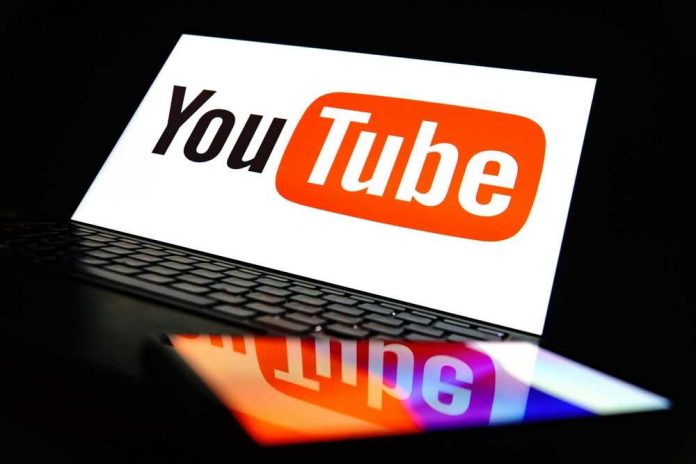
Major American brands and even the Trump campaign have seen their ads plastered next to pirated Hollywood blockbusters on YouTube—raising the question: is Big Tech cashing in on lawlessness while honest businesses foot the bill?
At a Glance
- YouTube generated over $36 billion in ad revenue in 2024, while ads from major brands and political campaigns ran next to pirated content.
- A 300-page Adalytics report exposed widespread ad placements on illegal videos—including “Top Gun: Maverick” and “Squid Game.”
- Advertisers, including the Trump campaign, received little to no refunds for ads served on pirated content, with YouTube’s reporting offering little transparency.
- Despite new monetization policies rolling out in July 2025, experts and advertisers remain skeptical that YouTube will stop profiting from policy-violating content.
YouTube’s Gold Mine: Piracy, Profits, and Political Fallout
Americans who spent years watching their tax dollars vanish into the black hole of government waste now have a new outrage: YouTube’s ad machine. A bombshell report from Adalytics revealed that ads from some of the country’s biggest names—including General Motors, Pizza Hut, JPMorgan, and yes, the Trump campaign—were being splashed across pirated versions of Hollywood hits. These aren’t obscure, hard-to-find clips. We’re talking about illegal uploads of “Top Gun: Maverick” and Netflix’s “Squid Game” racking up millions of views, while YouTube pockets billions in ad revenue—over $36 billion last year alone. Meanwhile, honest brands find themselves unwitting accomplices in Big Tech’s copyright dodge, with little more than a shrug and a vague monthly report to show for it.
For anyone who still thinks Silicon Valley’s priorities lie with the Constitution, the free market, or even basic decency, think again. The Adalytics report lays bare a system where, when pirated content is finally taken down, the money spent on ads just gets shuffled into categories like “Total: other.” Advertisers are left chasing ghosts, and refunds—when they happen at all—are rarely more than an afterthought. Yet YouTube’s parent company, Google, insists its automated Content ID system is doing the job, and that repeat offenders get banned. The reality, as the report and frustrated media buyers make clear, is that the fox is guarding the henhouse.
Advertisers Burned as YouTube Sidesteps Accountability
Let’s be blunt: when you’re shelling out millions to get your message in front of real, law-abiding Americans, you don’t expect your ads to wind up next to stolen content. But that’s exactly what happened to brands like Olay, Pizza Hut, GM, and even the Trump campaign, whose ads were spotted running before and after pirated blockbusters in late 2024. The Adalytics report is a 300-page case study in brand betrayal, showing how YouTube’s labyrinthine reporting makes it nearly impossible for companies to trace where their ad dollars actually land.
Media buyers and marketing execs have made it clear: they don’t buy Google’s story that refunds are being issued fairly or that brand safety is anything but an afterthought. Instead, they describe a platform where the rules change constantly, reporting is deliberately opaque, and advertisers are left to eat the losses. With YouTube’s dominance in the digital ad market, few have the leverage to walk away—leaving brands essentially held hostage to the whims of an algorithm that prioritizes volume over value.
Policy Promises and the Skepticism They Deserve
On July 15, 2025, YouTube will roll out new monetization rules, promising to strip earnings from “reused, low-value, or repetitive content” and reward originality. The spin from Google is that this will finally close the loopholes and stop the monetization of pirated material. But for those who’ve watched Big Tech dodge responsibility for years, the skepticism is well-earned. Critics argue that automated systems like Content ID simply aren’t up to the challenge, and that YouTube’s lack of transparency is by design, not accident.
Regulatory pressure is mounting. The Department of Justice has already ruled that Google operates an illegal ad monopoly, but meaningful reform remains slow. In the meantime, copyright holders lose revenue, advertisers waste millions, and American consumers are exposed to a Wild West of illicit and low-quality content. The only winner? YouTube, which continues to rake in profits while the rest of us wonder if anyone in Silicon Valley remembers what the rule of law looks like.
Sources:
YouTube cracks down on repetitive content: monetisation only for original creators from July 15
New YouTube Monetization Policies







